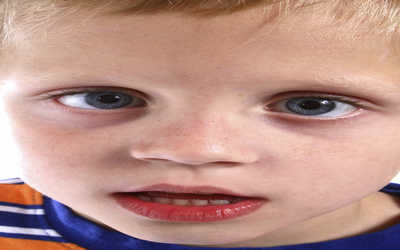Although you might not realise it, having a lazy eye can have a big impact on family wellness. Also known as amblyopia, a lazy eye occurs when your child’s brain refuses to recognise one eye or use it for sight, either partially or completely. This often occurs in young children, and so the eye may not get a chance to fully develop. So what are the causes of amblyopia?
1. Heredity. If you or your parents suffer from the lazy eye disorder, your child’s wellbeing is more at risk.
2. Different power in each eye. If there is different power in each eye, your child may have issues fusing images together and so the brain gets confused and blocks one eye out completely to remedy the situation. The longer it takes for the child to understand that something isn’t right, the more severe the condition may become. This could lead to the need for vision therapy or even an eye patch.
3. Crossed eyes. This is a completely different problem from a lazy eye, but it may lead to the eye turning lazy. If the eyes are misaligned, they are again sending mixed signals to the brain, which then may suppress the misaligned eye instead of getting double vision.
4. Cataract, eye diseases, glaucoma or droopy eyelids. These problems may be birth defects or they may develop later, so it’s vital that you keep a close watch on your child, and get their eyes checked if you notice anything wrong.
So those are the causes of amblyopia but what solutions are available to you as a parent? It’s best to have lazy eye treatments done on your child before the age of eight, but most treatments are still effective up until the age of 17. The treatment options include glasses (which, in mild cases, can fix the lazy eye if worn constantly), surgery (which may be the best option if the cause of your child’s lazy eye is a cataract or squint eyes), patches (which involves placing the patch with a sticky rim is over the ‘good’ eye so that the lazy eye is forced to work), and eye drops (which blur the vision in the good eye, but can come with certain side-effects).
